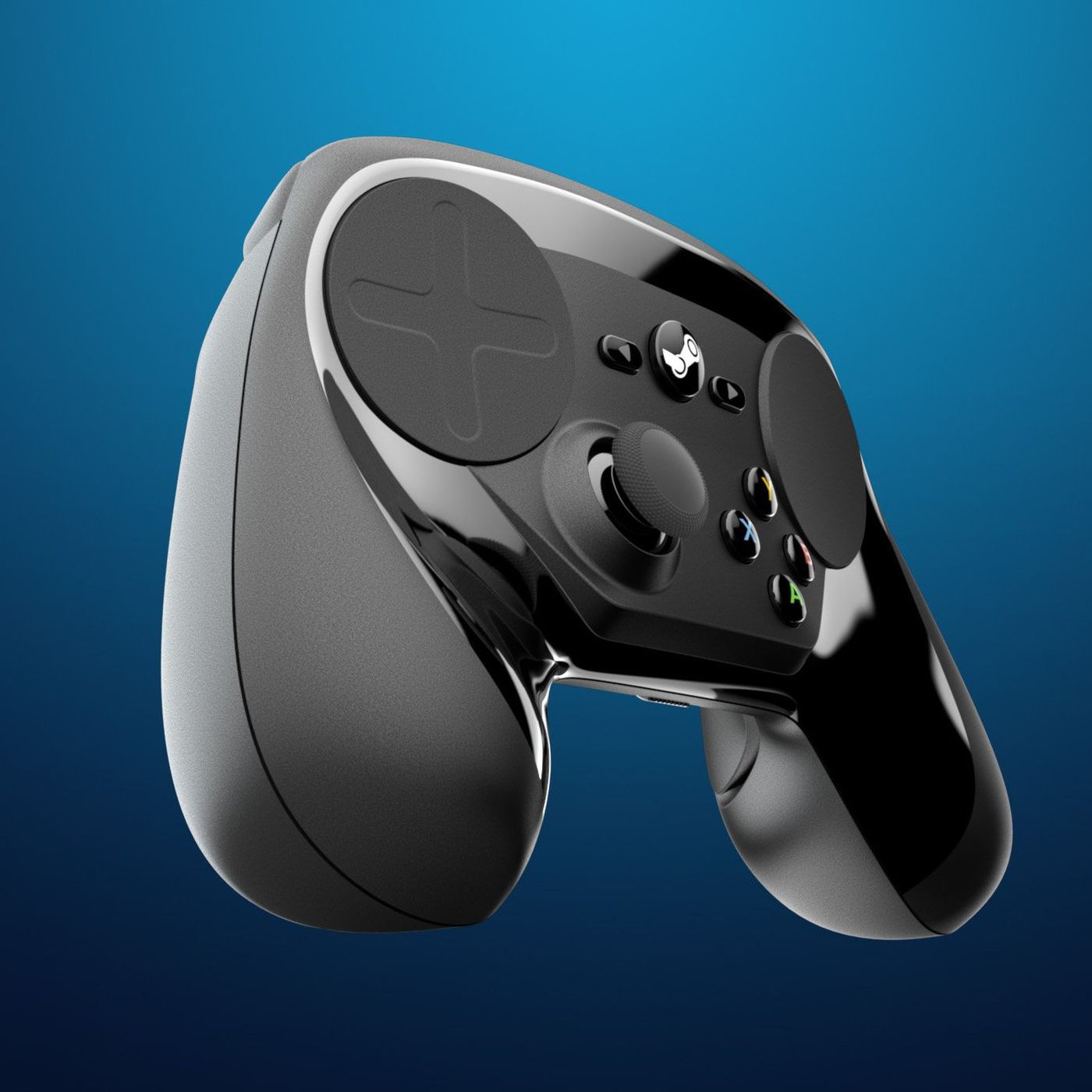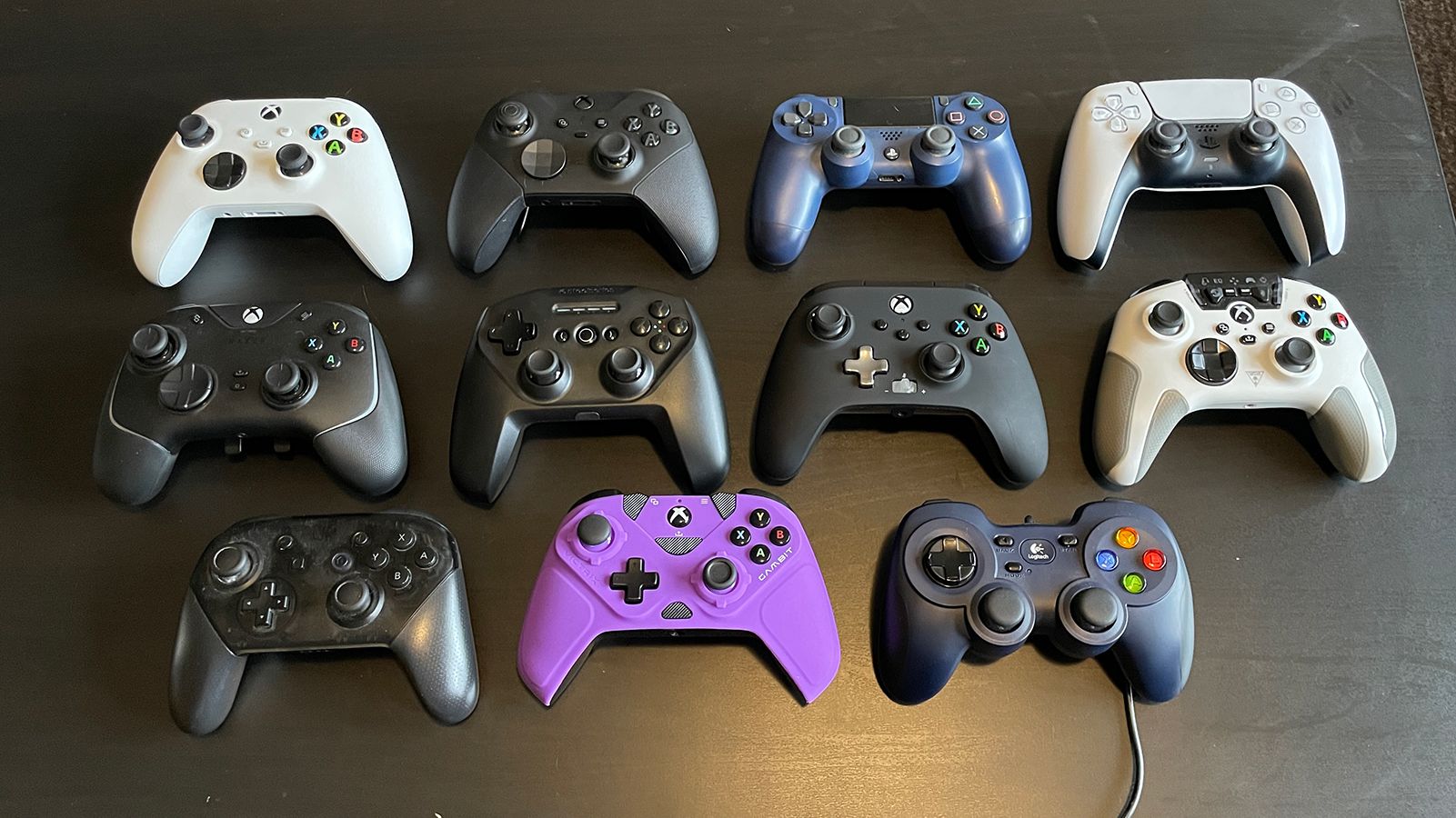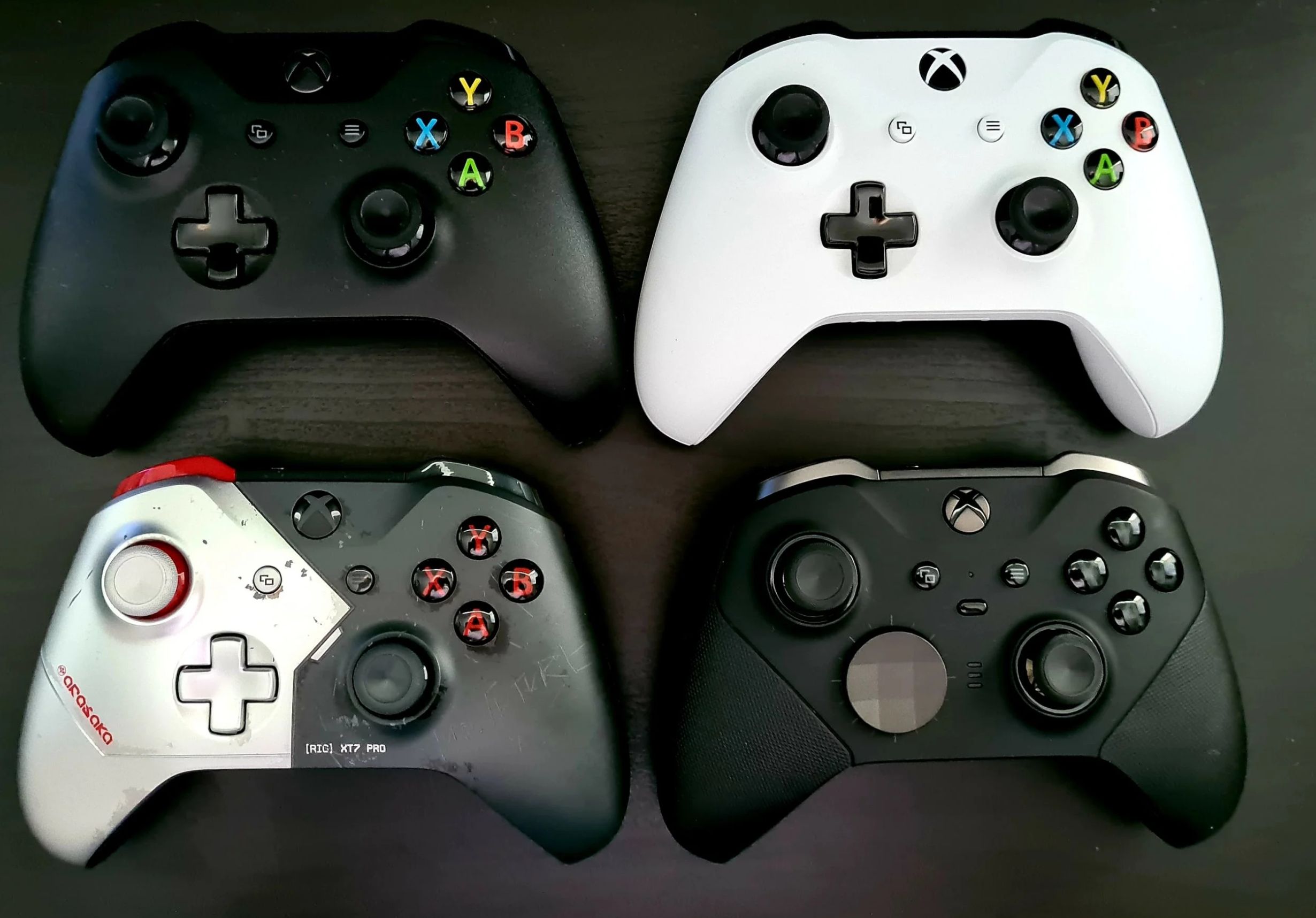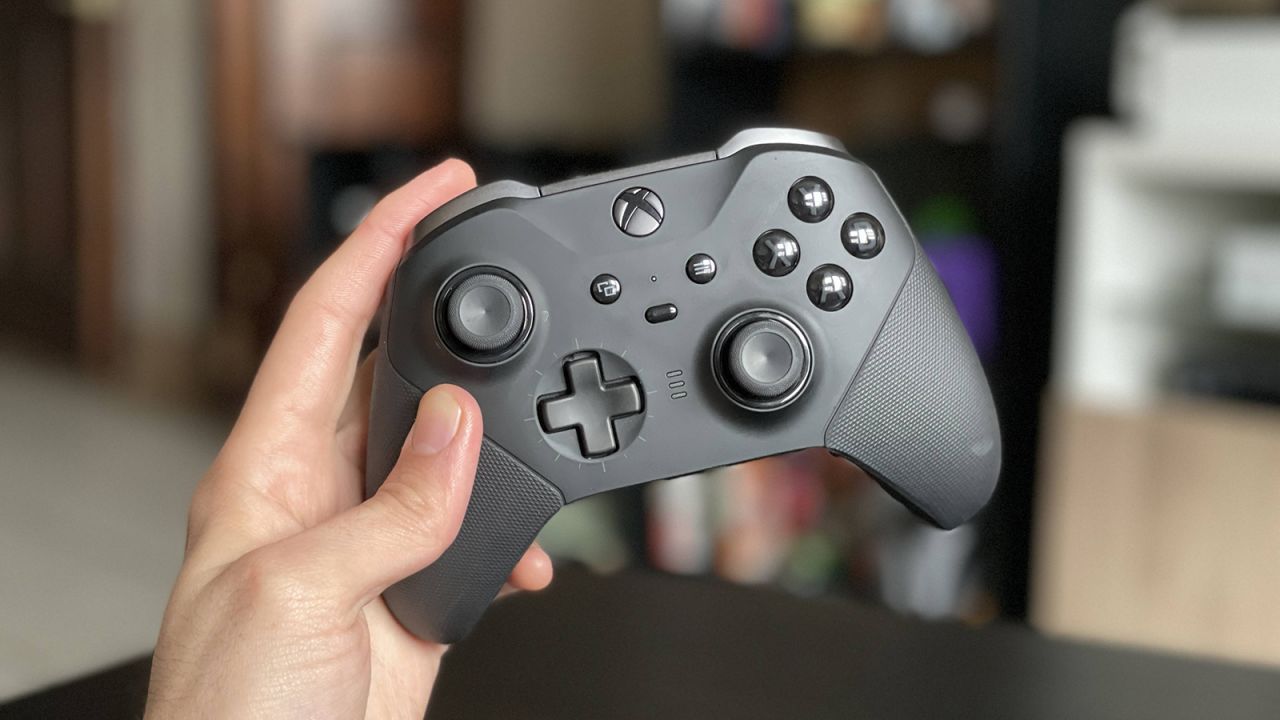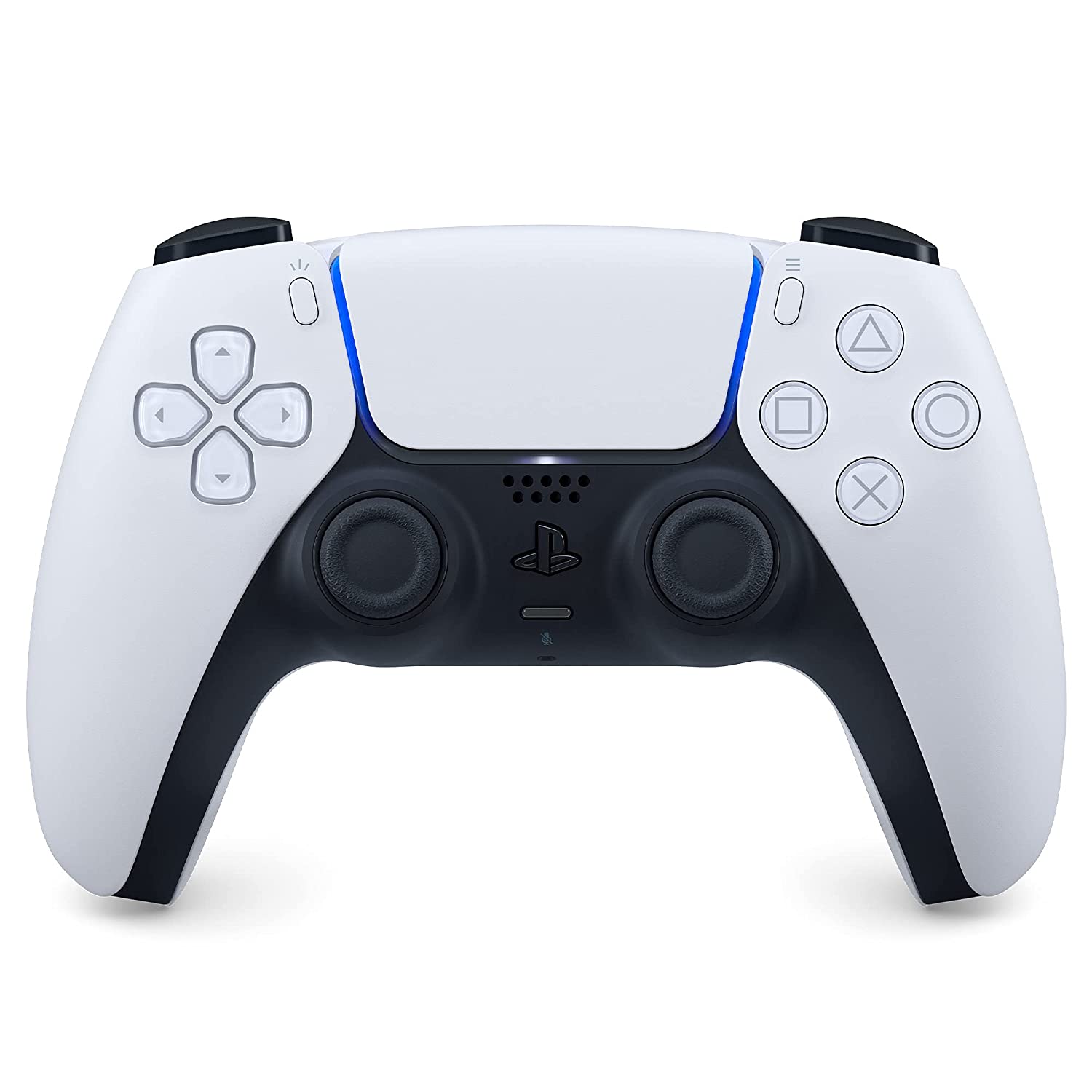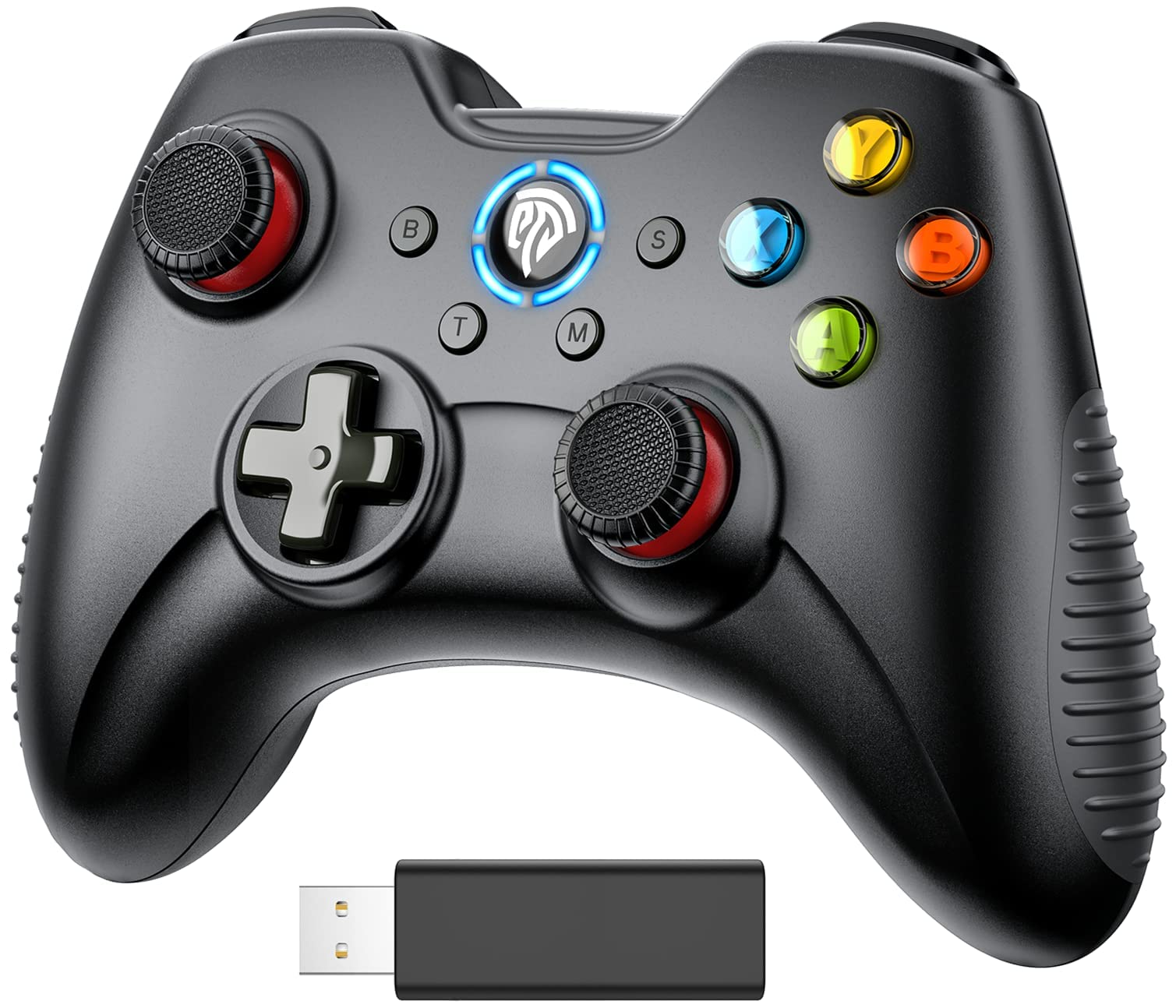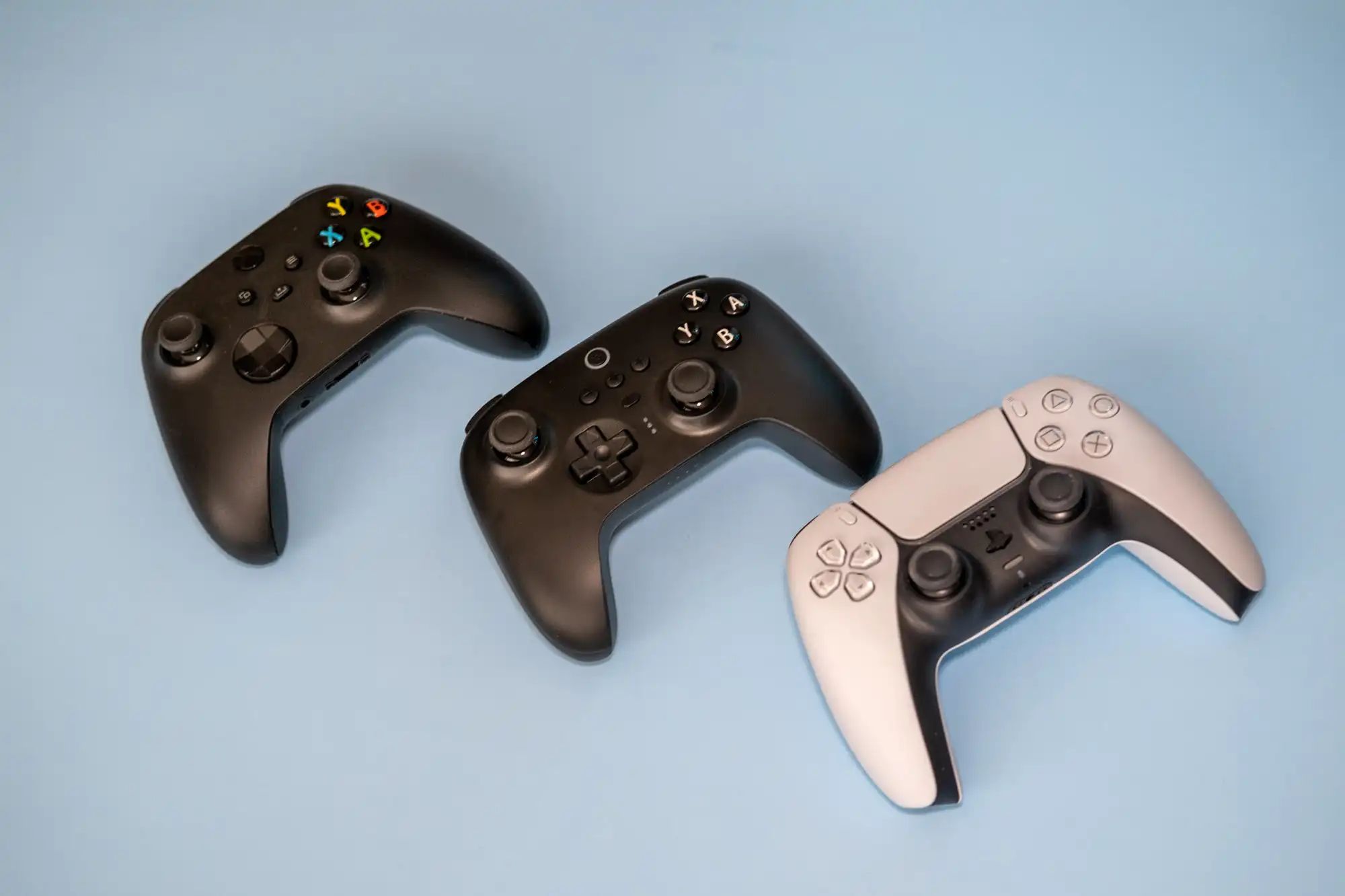Introduction
Video gaming has evolved significantly over the years, offering immersive experiences that engage multiple senses. One of the key elements that contribute to this immersive experience is the vibration feature in game controllers. The subtle yet impactful vibrations from a controller can enhance gameplay by providing tactile feedback, intensifying the gaming experience, and adding a deeper level of immersion for players. Understanding the mechanics and purpose of this feature can shed light on its significance in the gaming world.
The sensation of a game controller vibrating in your hands can create a heightened level of engagement, making the gaming experience more dynamic and realistic. This feature has become a standard in modern gaming consoles and controllers, revolutionizing the way players interact with virtual environments.
In this article, we will delve into the intricacies of how a game controller's vibration function works, the underlying mechanisms that enable this feature, and the ways in which it elevates the overall gaming experience. By exploring these aspects, we can gain a deeper appreciation for the role of vibration in gaming and its impact on player engagement. Let's embark on a journey to uncover the fascinating world of game controller vibrations and their significance in the realm of gaming.
The Basics of Vibration
At its core, vibration is a mechanical phenomenon characterized by oscillations about an equilibrium point. In the context of game controllers, vibration is harnessed to simulate tactile feedback, allowing players to feel the effects of in-game actions. This tactile feedback adds a layer of realism and immersion to the gaming experience, heightening the sense of interaction with the virtual environment.
The mechanism of vibration in game controllers relies on the principles of haptic technology, which involves the use of tactile feedback to replicate the sense of touch. This technology enables game developers to create more engaging and realistic experiences by incorporating physical sensations into gameplay. By leveraging vibration, game controllers can convey a diverse range of tactile cues, such as the recoil of a weapon, the rumble of a vehicle, or the impact of an explosion, enriching the overall sensory experience for players.
Game controller vibrations are achieved through the use of small, eccentrically rotating motors or weighted unbalance mechanisms within the controller. When activated, these components generate vibrations that are transmitted to the player’s hands, creating a sense of movement or impact corresponding to the on-screen action. This synchronization between visual and tactile feedback enhances the player’s immersion in the game world, making the experience more captivating and responsive.
Furthermore, the intensity and pattern of vibrations can vary based on the specific in-game events or actions, allowing for nuanced and context-specific feedback. Whether it’s a subtle pulsing sensation to indicate the proximity of an in-game object or a vigorous vibration to convey a powerful explosion, the versatility of vibration in game controllers enables developers to craft more dynamic and engaging gameplay experiences.
Understanding the fundamental principles of vibration in the context of gaming lays the groundwork for appreciating its role in enhancing player engagement and immersion. By integrating tactile feedback with visual and auditory stimuli, game controllers create a multisensory experience that captivates players and draws them deeper into the virtual worlds they explore.
The Mechanism of a Game Controller’s Vibration
The vibration feature in a game controller operates through a combination of mechanical components and electronic controls, working in harmony to deliver tactile feedback to the player. At the heart of this mechanism are small, specialized motors that are strategically positioned within the controller. These motors are equipped with eccentric weights, creating an imbalance that generates vibrations when activated.
When a game triggers a vibration event, the controller’s internal circuitry sends signals to the motors, prompting them to spin rapidly. As a result of this rapid rotation, the eccentric weights produce centrifugal forces, causing the entire controller to vibrate. This vibration is then transmitted to the player’s hands, providing a tangible sensation that corresponds to the in-game action or event.
Furthermore, modern game controllers often feature multiple vibration points, allowing for more nuanced and localized tactile feedback. By strategically placing these vibration motors in different areas of the controller, developers can create a more immersive and precise experience. For instance, a game controller may have distinct vibration zones that correspond to specific in-game events, such as a separate motor for simulating the rumble of a vehicle engine and another for mimicking the impact of an explosion.
Additionally, the intensity and duration of the vibrations can be finely tuned to align with the on-screen action, adding depth and realism to the tactile feedback. This level of control over the vibration mechanism enables game developers to craft dynamic and responsive experiences that resonate with players on a sensory level, heightening their engagement and investment in the game world.
By understanding the intricate workings of a game controller’s vibration mechanism, players can gain a deeper appreciation for the level of detail and craftsmanship involved in creating an immersive gaming experience. The seamless integration of mechanical and electronic elements within the controller enables the translation of virtual events into tangible tactile sensations, enriching the overall gameplay and captivating players in a multisensory adventure.
How Vibration Enhances Gaming Experience
The incorporation of vibration in game controllers serves as a pivotal element in enhancing the overall gaming experience, offering a myriad of benefits that contribute to player immersion, engagement, and sensory feedback. By providing tactile cues that align with in-game events, vibrations enrich the gaming experience in several compelling ways.
First and foremost, vibrations in game controllers create a heightened sense of realism and immersion by bridging the gap between the virtual world and the player’s physical sensations. When a player experiences the tactile feedback of a controller vibrating in response to in-game actions, it adds a layer of physicality to the gameplay, making the virtual environment feel more tangible and interactive. Whether it’s the jolt of a weapon firing, the reverberation of a vehicle traversing rough terrain, or the impact of a collision, the synchronized vibrations elevate the player’s sense of presence within the game world, intensifying their emotional investment and connection to the on-screen action.
Moreover, vibrations serve as an effective means of conveying critical information and feedback to the player in real time. By utilizing distinct vibration patterns and intensities, game developers can communicate a wealth of contextual cues, such as indicating the direction of an approaching threat, signaling the successful execution of a specific action, or alerting the player to an environmental hazard. This real-time haptic feedback empowers players to react intuitively to in-game stimuli, enhancing their situational awareness and responsiveness.
Furthermore, the tactile nature of vibrations can evoke visceral and emotional responses, amplifying the impact of key moments in gameplay. Whether it’s the adrenaline-inducing sensation of a high-speed chase, the tension of navigating perilous terrain, or the thrill of unleashing a powerful attack, the physical feedback from vibrations deepens the player’s engagement and emotional investment in the gaming experience.
Additionally, vibrations in game controllers cater to accessibility and inclusivity by providing an alternative mode of feedback for players with visual or auditory impairments. By leveraging tactile cues, game developers can ensure that all players, regardless of their sensory capabilities, can fully engage with and enjoy the immersive aspects of gameplay.
By harnessing the power of vibrations, game controllers elevate the gaming experience, fostering a more immersive, responsive, and inclusive environment that resonates with players on a visceral level. The seamless integration of tactile feedback enriches gameplay, heightens emotional engagement, and deepens the connection between players and the virtual worlds they explore.
Conclusion
The integration of vibration in game controllers represents a remarkable marriage of technology and sensory immersion, fundamentally transforming the way players interact with and experience video games. By simulating tactile feedback that aligns with in-game events, vibrations elevate the gaming experience by fostering heightened realism, enhancing player engagement, and providing nuanced sensory cues that enrich gameplay.
Through an exploration of the mechanisms and impact of vibration in game controllers, it becomes evident that this feature serves as a conduit for bridging the gap between the virtual and physical realms, imbuing gameplay with a palpable sense of presence and interactivity. The subtle yet impactful vibrations from a controller create a multisensory experience that captivates players, drawing them deeper into the immersive worlds of their favorite games.
Furthermore, the versatility of vibrations empowers game developers to convey a wealth of contextual information and emotional resonance, allowing for intuitive and responsive gameplay experiences. Whether it’s alerting players to in-game events, intensifying pivotal moments, or providing inclusive feedback for all players, vibrations play a pivotal role in shaping the overall gaming landscape.
In essence, the incorporation of vibration in game controllers represents a testament to the evolving nature of gaming technology, continually striving to enhance player immersion, accessibility, and emotional connectivity. As this feature continues to evolve and innovate, it is poised to remain a cornerstone of the dynamic and captivating experiences that define modern gaming.
Ultimately, the significance of vibrations in game controllers extends beyond mere tactile sensations; it embodies the convergence of artistry, technology, and human connection, fostering a rich tapestry of experiences that resonate with players on a profound and visceral level. As players embark on their virtual adventures, the gentle hum of a game controller’s vibrations serves as a constant reminder of the boundless possibilities and captivating narratives that await within the gaming realm.









